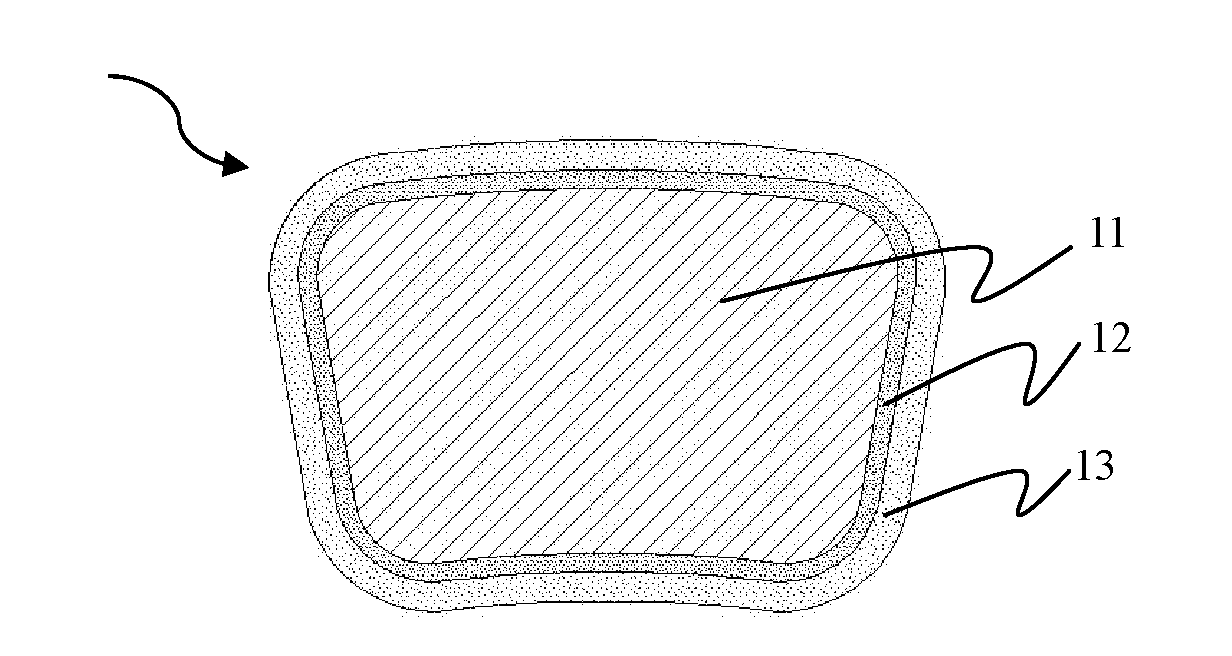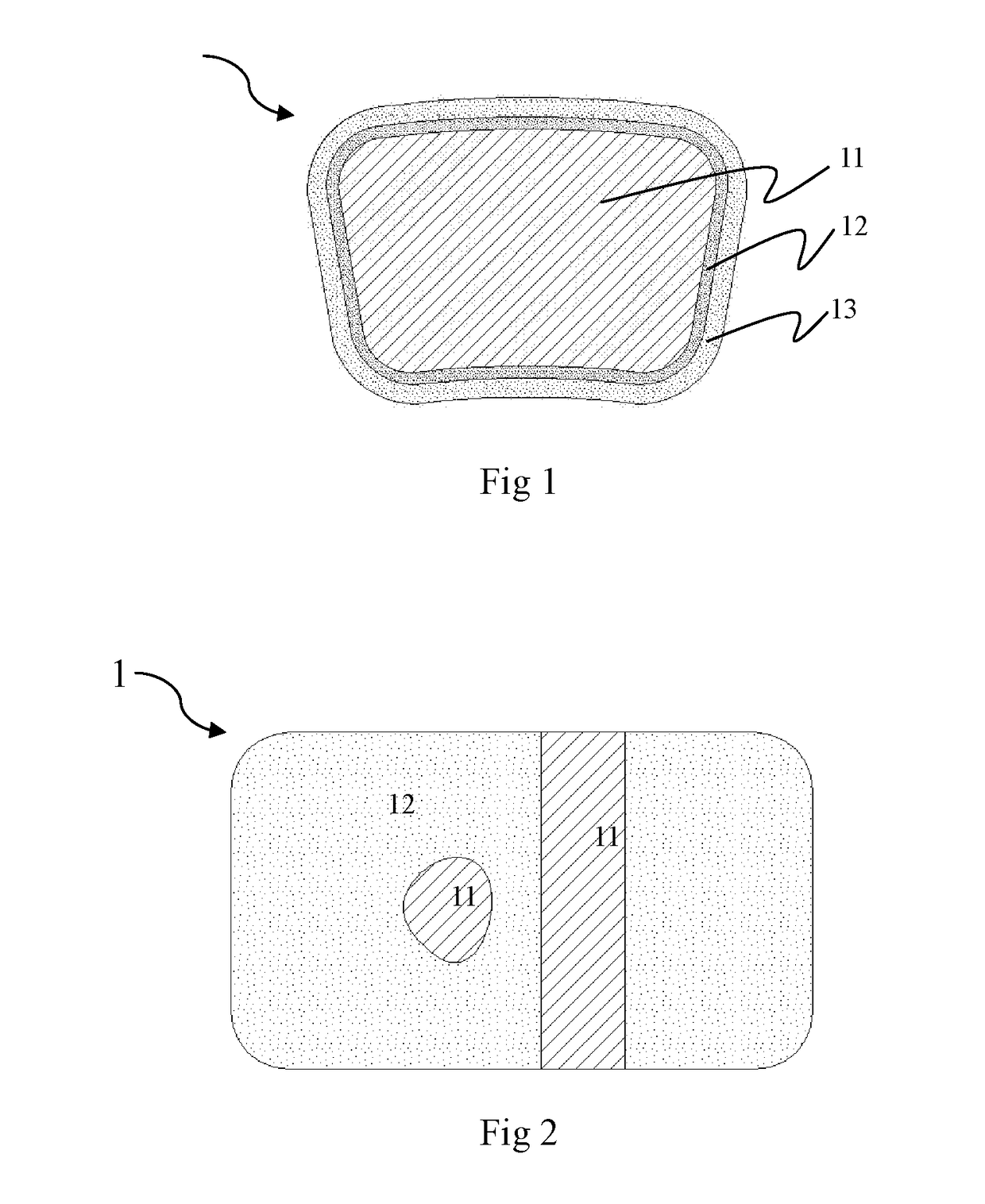Absorbable Iron-based Alloy Implanted Medical Device and Manufacturing Method Thereof
- Summary
- Abstract
- Description
- Claims
- Application Information
AI Technical Summary
Benefits of technology
Problems solved by technology
Method used
Image
Examples
embodiment i
[0048]In this embodiment, an absorbable iron-based stent is taken as an example for description. Under an ideal condition, the absorbable iron-based stent should maintain its effective radial support (the supporting force is higher than 55 Pa) within a 3-month vascular repair period, and would be corroded as quickly as possible after a vascular function is recovered. It is required that the degradation period is generally 6 to 24 months.
[0049]First, the iron-based alloy substrate is manufactured by nitriding pure iron, with its initial radial strength of 145 kPa and mass of 4.5 to 5 mg. Sodium hydroxide is fully dissolved in an ethanol solution to obtain a saturated ethanol solution of sodium hydroxide which is used as an alkaline solution for manufacturing an alkaline protector. The surfaces of multiple iron-based alloy substrates are coated with the saturated ethanol solution of the sodium hydroxide via spraying coating to make a sodium hydroxide coating cover the whole surface of...
embodiment ii
[0051]What is different from Embodiment I is that sodium hydroxide coatings of the multiple manufactured absorbable iron-based alloy stents are about 20 μm in thickness, and polylactic acid coatings are about 12 μm in thickness. After being implanted for 3 months, one stent is taken out, and its radial supporting force is measured as 100 kPa. After the stents are implanted for 9 months, observation finds that the residual absorbable iron-based stents are completely degraded. It can be known from comparison with Embodiment I that using the same iron-based alloy substrates, by increasing the thicknesses of alkaline protector and the thicknesses of degradable polymer layers simultaneously, the radial supporting forces of the stents implanted for 3 months are slightly higher than those in Embodiment I. The stents according to this embodiment meet requirements on both the radial supporting force during the early stage of implantation and the corrosion cycle.
embodiment iii
[0052]What is different from Embodiment II is that polylactic acid coatings of manufactured absorbable iron-based alloy stents are about 8 μm in thickness. After being implanted for 3 months, one stent is taken out, and its radial supporting force is measured as 120 kPa. After the stents are implanted for 24 months, observation finds that the residual absorbable iron-based stents are completely degraded. It can be known from comparison with Embodiment II that using the same iron-based alloy substrates and the same alkaline protectors, by decreasing the thicknesses of degradable polymer layers, the radial supporting forces of the stents implanted for 3 months may be slightly increased, but their corrosion cycles are correspondingly prolonged. The stents according to this embodiment meet requirements on both the radial supporting force during the early stage of implantation and the corrosion cycle.
PUM
| Property | Measurement | Unit |
|---|---|---|
| Fraction | aaaaa | aaaaa |
| Fraction | aaaaa | aaaaa |
| Fraction | aaaaa | aaaaa |
Abstract
Description
Claims
Application Information
 Login to View More
Login to View More - R&D
- Intellectual Property
- Life Sciences
- Materials
- Tech Scout
- Unparalleled Data Quality
- Higher Quality Content
- 60% Fewer Hallucinations
Browse by: Latest US Patents, China's latest patents, Technical Efficacy Thesaurus, Application Domain, Technology Topic, Popular Technical Reports.
© 2025 PatSnap. All rights reserved.Legal|Privacy policy|Modern Slavery Act Transparency Statement|Sitemap|About US| Contact US: help@patsnap.com


